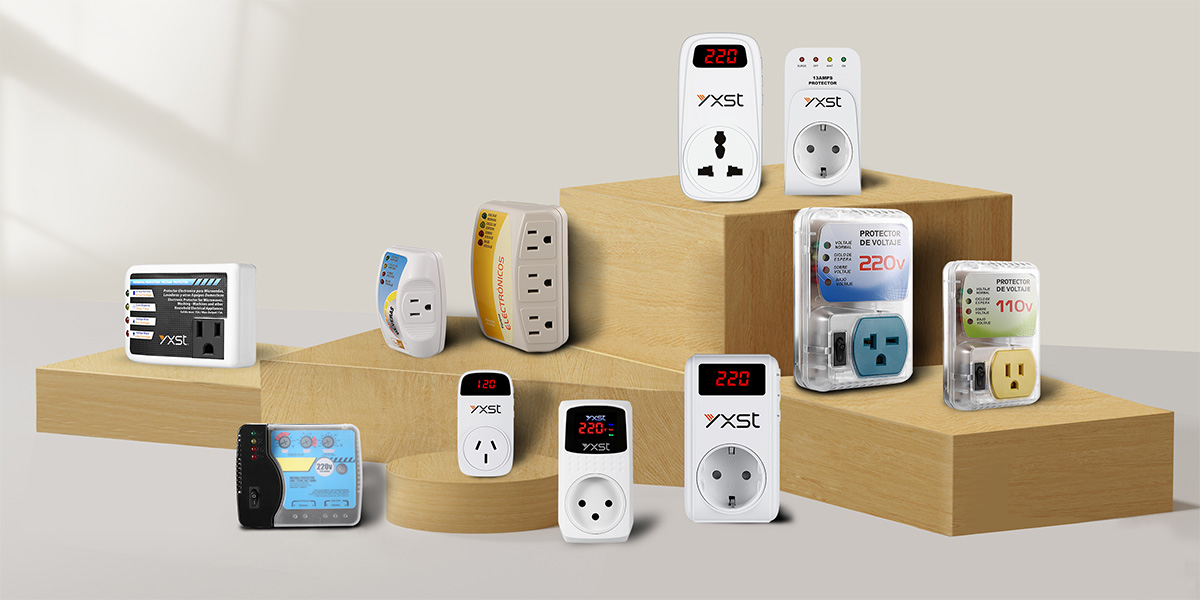Voltage protector manufacturer’s answer: Household appliances cannot be used in thunderstorms, which not only poses a safety hazard but is also related to the “temper” of household circuits.
During thunderstorms, lightning may penetrate the room through metal conductors such as power lines and telephone lines, causing damage to electrical equipment and even fire. In addition, humid air can easily lead to a decrease in the insulation performance of electrical equipment, increasing the risk of circuit failure. Therefore, the impact of thunderstorms on circuits is an important safety consideration.

To protect the safety of household appliances and residents, voltage protector manufacturers suggest some lightning protection knowledge:
Lightning induction is generated through pipes, steel bars, wires, and reaction devices, is difficult to detect, and has strong destructive power. Therefore, if the interval between lightning and thunder is about 5 seconds, the thundercloud is overhead, and users should turn off electrical equipment as soon as possible.
In thunderstorms, doors and windows should be closed, and try not to make or answer calls and mobile phones. Avoid installing equipment such as clothes drying racks and antennas on balconies or outdoor walls.
It is best to unplug the power cords, telephone lines, cable TV lines, network cables, etc. of all electrical equipment because the high voltage generated by lightning strikes will burn the equipment through these lines.
Try to avoid using electrical appliances that use water and electricity at the same time, such as washing machines, dishwashers, water heaters, etc.
Household appliances should be kept at a certain distance from the exterior walls and pillars to prevent lightning from inducing electrical appliances through the steel bars in the wall.
In addition, voltage protector manufacturers have some specific protective measures and suggestions:
Check the circuit regularly to ensure that facilities such as wires and sockets are intact to avoid safety hazards such as leakage and short circuits.
Install qualified lightning protection equipment, such as lightning rods and surge protectors, to effectively prevent lightning from invading the room and protect the safety of electrical equipment.
Ensure that electrical equipment is dry, try to avoid using electrical appliances in a humid environment, ensure that electrical equipment is well ventilated, and prevent internal moisture from causing failures.
In thunderstorms, try to turn off unnecessary electrical equipment to reduce circuit load and reduce fire risks.
Voltage protector manufacturer summary
To sum up, the reason why household appliances cannot be used during thunderstorms is not only because of the bad temper of household circuits but also because of safety hazards. By taking appropriate protective measures and suggestions, the impact of thunderstorms on household appliances and residents’ safety can be effectively reduced.




